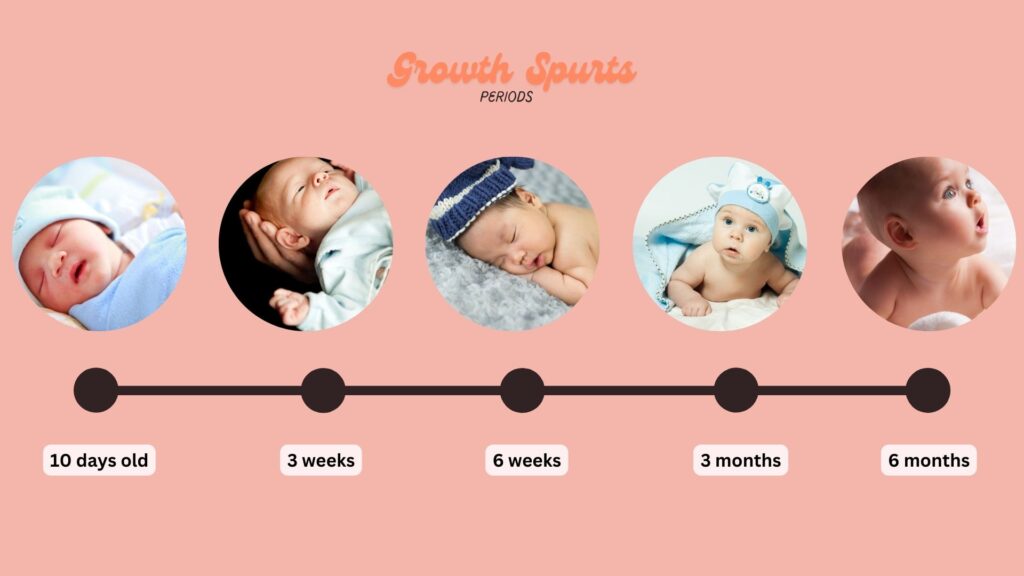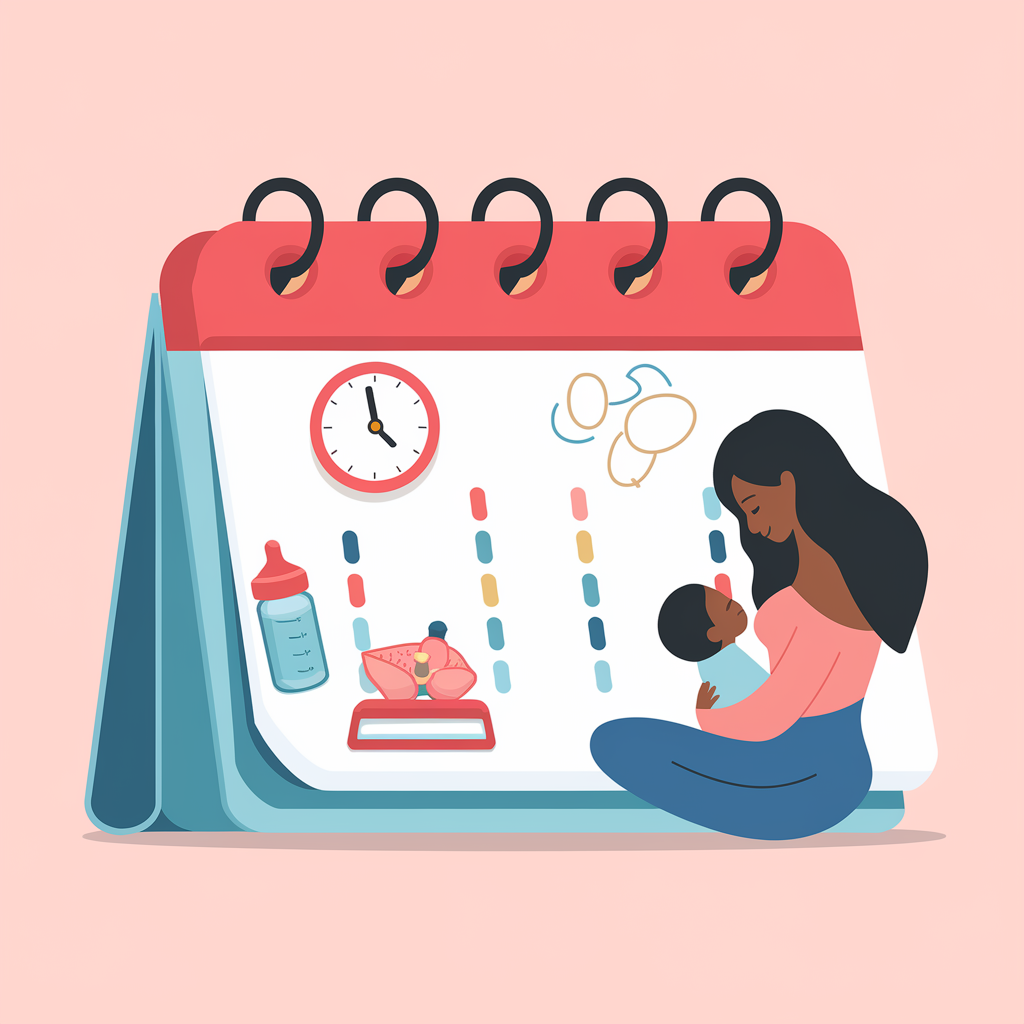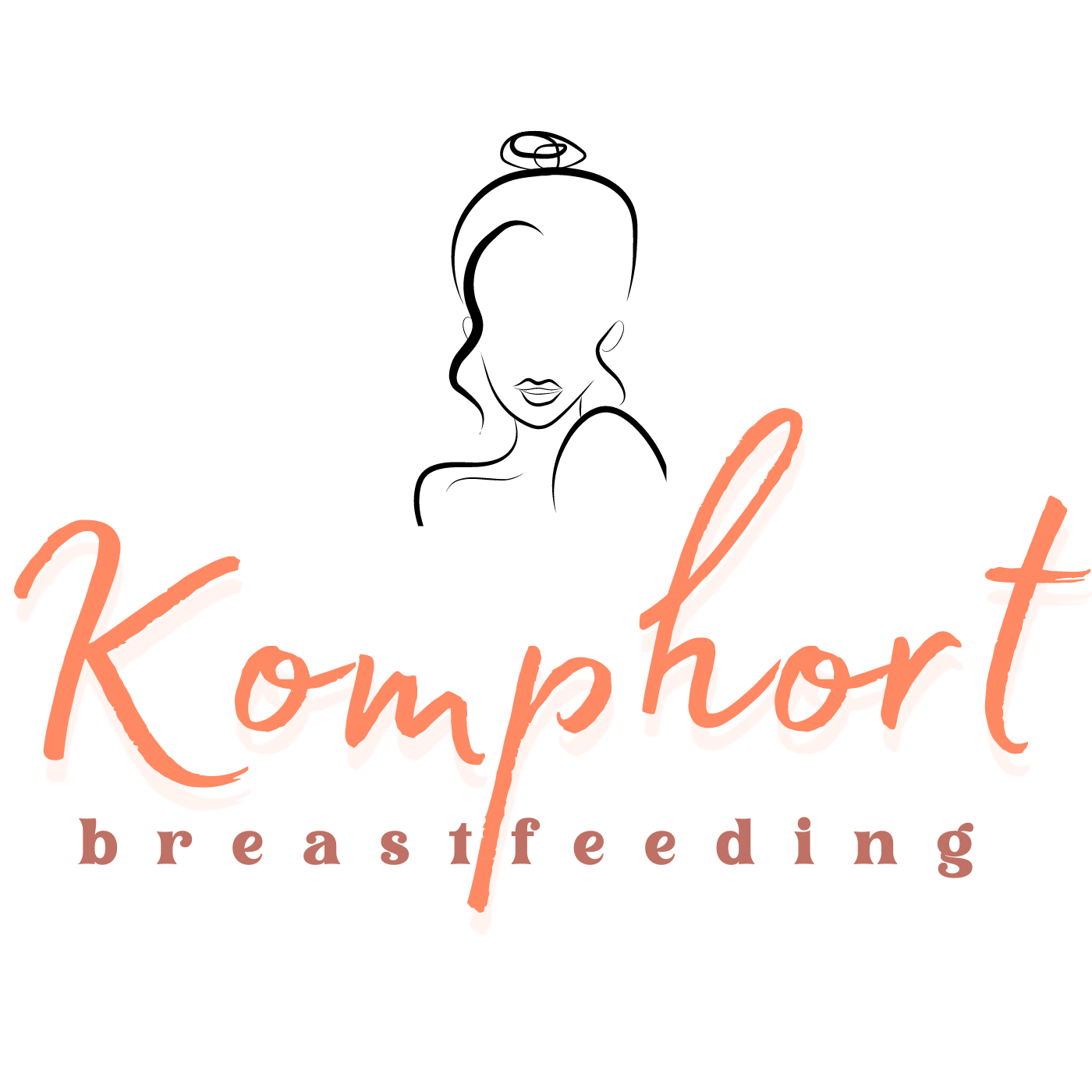It’s 3 AM, and you’re finally getting into a rhythm with your baby’s feeding schedule. You’ve mastered their hungry cues and the perfect latch, when suddenly – everything changes! Your little one seems constantly hungry, and that carefully crafted routine vanishes. As both a nurse and breastfeeding specialist, I’ve supported countless mothers through this exact experience. That sudden change in feeding patterns signals an exciting milestone: your baby’s growth spurts.

While these intense feeding periods might feel overwhelming, they’re actually your baby’s way of fueling their remarkable development. Whether you’re experiencing your first growth spurt or navigating later ones, this guide will help you understand and appreciate these temporary phases of your breastfeeding journey.
What Are Growth Spurts?

Growth spurts are natural periods of intense development when babies require more nutrition to support their rapid growth. During these times, your baby may seem constantly hungry, leading to what we call “frequent-feeding days.” Think of it as your baby placing a larger order at their favorite restaurant (you!) to fuel their growing body.
When to Expect Growth Spurts

While every baby is unique, common growth spurt periods typically occur around:
- 10 days old
- 3 weeks
- 6 weeks
- 3 months
- 6 months
Remember, these are just general guidelines. Your baby might experience growth spurts at different times, and that’s perfectly normal.
The Science Behind Frequent Feeding
Your body’s milk production works on a supply-and-demand basis. When your baby nurses more frequently during growth spurts, they’re actually helping to increase your milk supply.

This natural process ensures your body will produce exactly what your baby needs for their next developmental leap.
Signs of a Growth Spurt
- Increased frequency of feeding
- Shorter naps or changed sleep patterns
- More alertness between feeds
- Possible fussiness or clinginess
- Cluster feeding (multiple feeds close together)
How Long Do Growth Spurts Last?
Most growth spurts last between 2-4 days, though some may extend up to a week. During this time, you might feel like you’re nursing constantly.

Don’t worry – this intense period is temporary, and your baby will likely return to their regular feeding pattern afterward.
Supporting Yourself During Growth Spurts

- Prepare nutritious snacks and water bottles to keep nearby
- Set up comfortable nursing stations around your home
- Use a nursing app to track feeds if it helps you feel more confident
- Accept help from family and friends for other tasks
- Rest when your baby rests
Common Concerns and Reassurance

Many mothers worry about their milk supply during growth spurts. Here’s how to know everything is on track:
Signs That All Is Well:
- Consistent wet and soiled diapers
- Baby seems satisfied after feeding more frequently
- Comfortable nursing sessions
- Good latch and swallowing sounds
- Steady weight gain at check-ups
Myths About Growth Spurts:
Let’s bust some common misconceptions:
- Frequent feeding doesn’t mean a low milk supply
- You can’t “spoil” a baby by feeding on demand
- Growth spurts aren’t a sign that you need to supplement
- Your milk supply isn’t “dropping” – it’s adjusting
Tips for Managing Growth Spurts
- Trust your baby’s cues
- Feed on demand
- Keep track of wet/soiled diapers
- Ensure proper latch and positioning
- Stay hydrated and well-nourished
- Rest when possible
- Communicate with your support system
When to Seek Help
While growth spurts are normal, contact your healthcare provider if:
- Baby isn’t gaining weight appropriately
- Diaper output decreases significantly
- Feeding becomes painful
- Baby seems lethargic or unwell
- You’re experiencing severe fatigue or anxiety
The Role of Support
Having support during growth spurts is crucial. Consider:
- Joining local breastfeeding support groups
- Connecting with other nursing mothers
- Consulting with lactation specialists
- Involving your partner in non-feeding support
Looking Ahead
Growth spurts become less frequent as your baby gets older. Each one brings new developments and milestones. You might notice:
- Improved head control
- Better hand coordination
- New sleeping patterns
- Increased alertness
- Development of new skills
Self-Care During Growth Spurts
Remember to take care of yourself during these demanding periods:
- Stay well-hydrated
- Eat regular, nutritious meals
- Accept help with household tasks
- Rest when possible
- Connect with other mothers
- Trust your instincts
Development Beyond Feeding
Growth spurts aren’t just about physical growth. Your baby is also developing:
- Cognitive abilities
- Motor skills
- Social awareness
- Emotional connections
- Sleep patterns
Read more: New Moms’ Easy and Fun Newborn Baby Hacks
Frequently Asked Questions About Growth Spurts

Q: Do babies feed more during growth spurts vs. regular cluster feeding?
A: While both involve increased feeding, growth spurt feeding tends to last longer (2-4 days) compared to cluster feeding (typically evening-focused and lasting hours). During growth spurts, the increased feeding occurs throughout the day and night, whereas cluster feeding usually happens during specific times of day.
Q: Is increased appetite normal for older children during growth spurts?
A: Yes! School-age children and teenagers also experience significant increases in appetite during growth spurts. They might need larger portions, more frequent snacks, or even extra meals. This is especially common during pre-teen and teenage years when their bodies are growing rapidly.
Q: How should solid-food feeding change during a growth spurt for older babies?
A: For babies over 6 months who have started solids, you may notice they want both more milk feeds and larger portions of solid foods. Follow their lead while maintaining a good balance between milk feeds and solids appropriate for their age. Don’t force additional solids – milk remains their primary source of nutrition in the first year.
Q: What’s the difference between a growth spurt and a developmental leap?
A: While often occurring together, these are distinct events. Growth spurts primarily affect physical growth and appetite, while developmental leaps involve new mental and motor skills. During developmental leaps, babies might be more clingy or fussy but won’t necessarily eat more.
Q: Do growth spurts affect sleep patterns differently than other feeding changes?
A: Yes, growth spurt sleep patterns are unique. Babies might wake more frequently but usually return to sleep easily after feeding. This differs from sleep regressions, where babies have trouble falling back asleep. Some babies actually sleep longer during growth spurts, taking longer naps between their frequent feeds.
Q: How do growth spurts differ between breastfed and formula-fed babies?
A: While all babies experience growth spurts, breastfed babies might feed more frequently during these periods because breast milk digests faster than formula. Formula-fed babies might take larger volumes less frequently. Both feeding methods are equally effective at supporting growth spurts.
Q: Should I offer both breasts during every feed during a growth spurt?
A: During growth spurts, many babies will naturally want to feed from both breasts more often than usual. This is fine – follow your baby’s lead. Just ensure the first breast is well-drained before offering the second to maintain good hindmilk/foremilk balance.
Q: How do I maintain my energy levels when feeding so frequently?
A: Beyond basic nutrition, consider timing your meals just before expected feeding sessions, keeping high-protein snacks within reach, and using supplements if recommended by your healthcare provider. Some mothers find that coconut water or electrolyte drinks help maintain their energy levels during these demanding periods.
Conclusion
Growth spurts, while challenging, are exciting milestones in your baby’s development. They’re temporary phases that signal your baby is growing and thriving. Remember, you’re providing exactly what your baby needs during these times. Trust your body, trust your baby, and reach out for support when needed. Each growth spurt brings you closer to understanding your baby’s unique patterns and needs, strengthening your confidence as a mother.

Remember: Every baby is different, and what matters most is that both you and your baby are healthy and thriving. If you ever have concerns, don’t hesitate to reach out to your healthcare provider or a lactation consultant for personalized support and guidance.
Ready to Unlock More Parenting Secrets?









